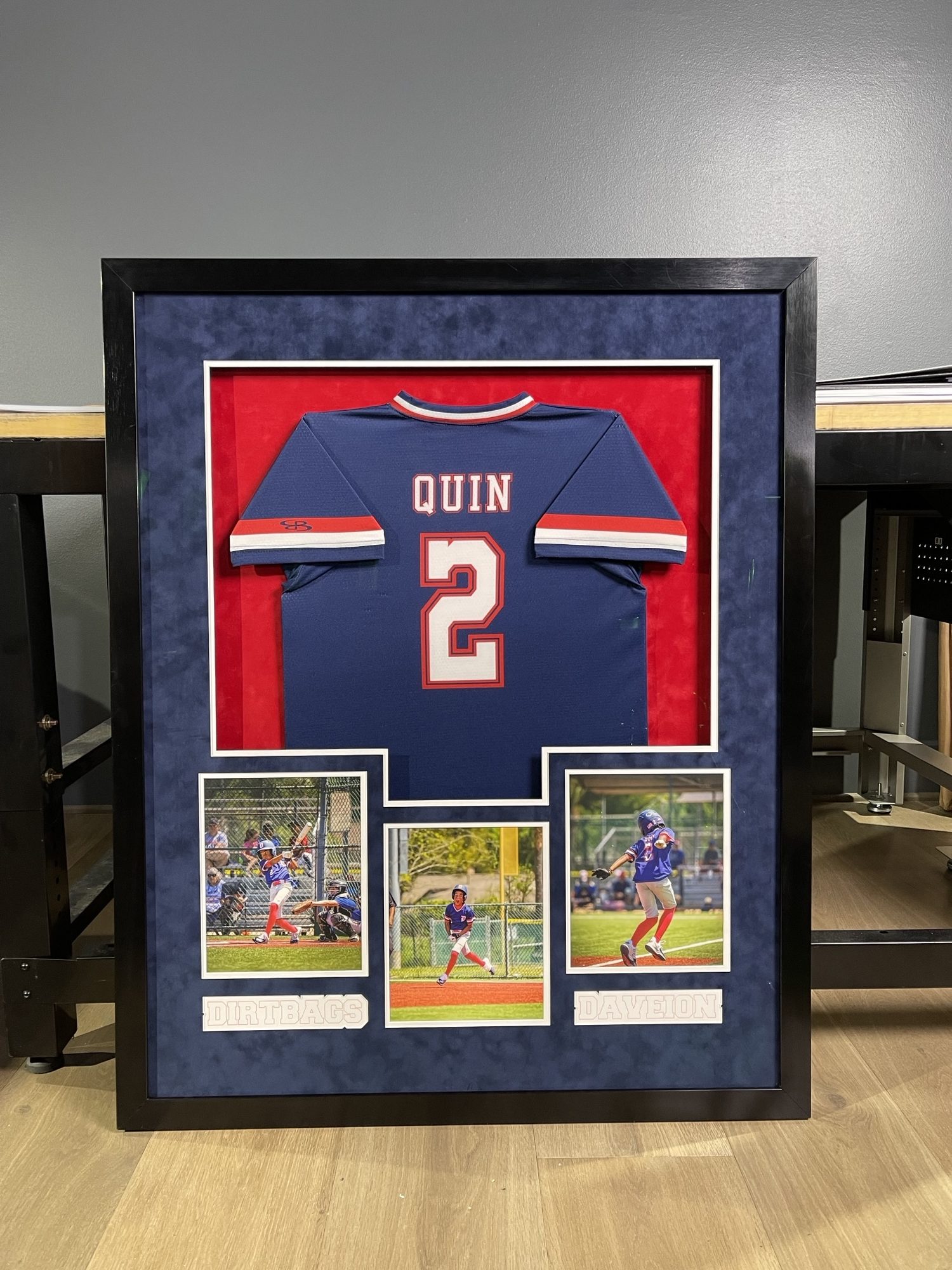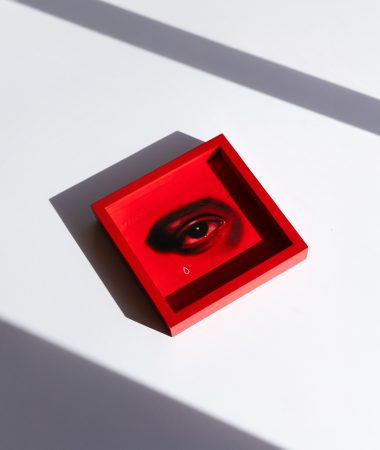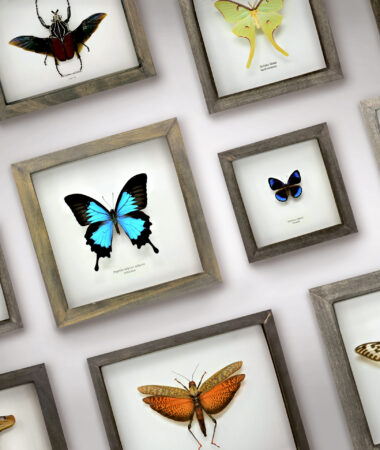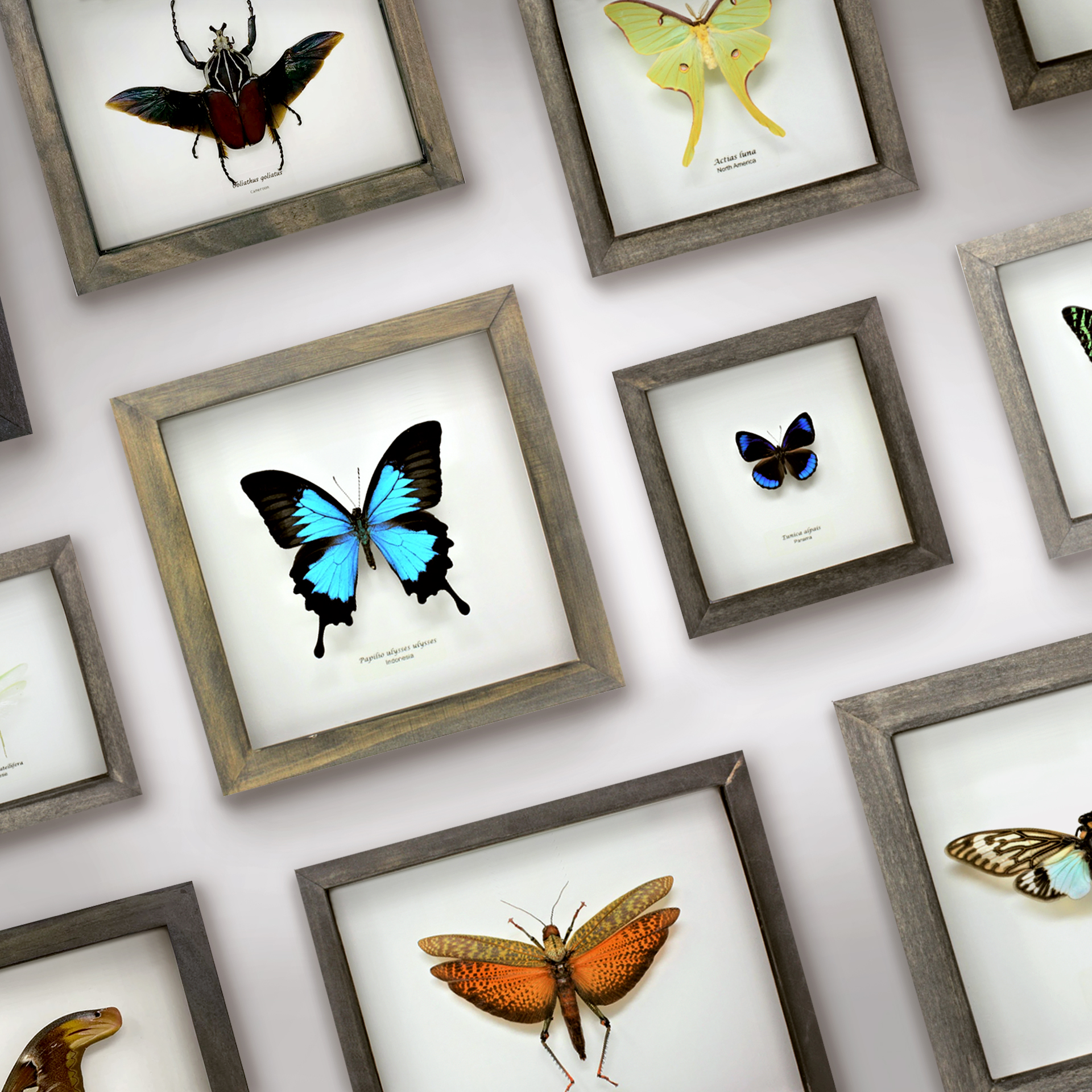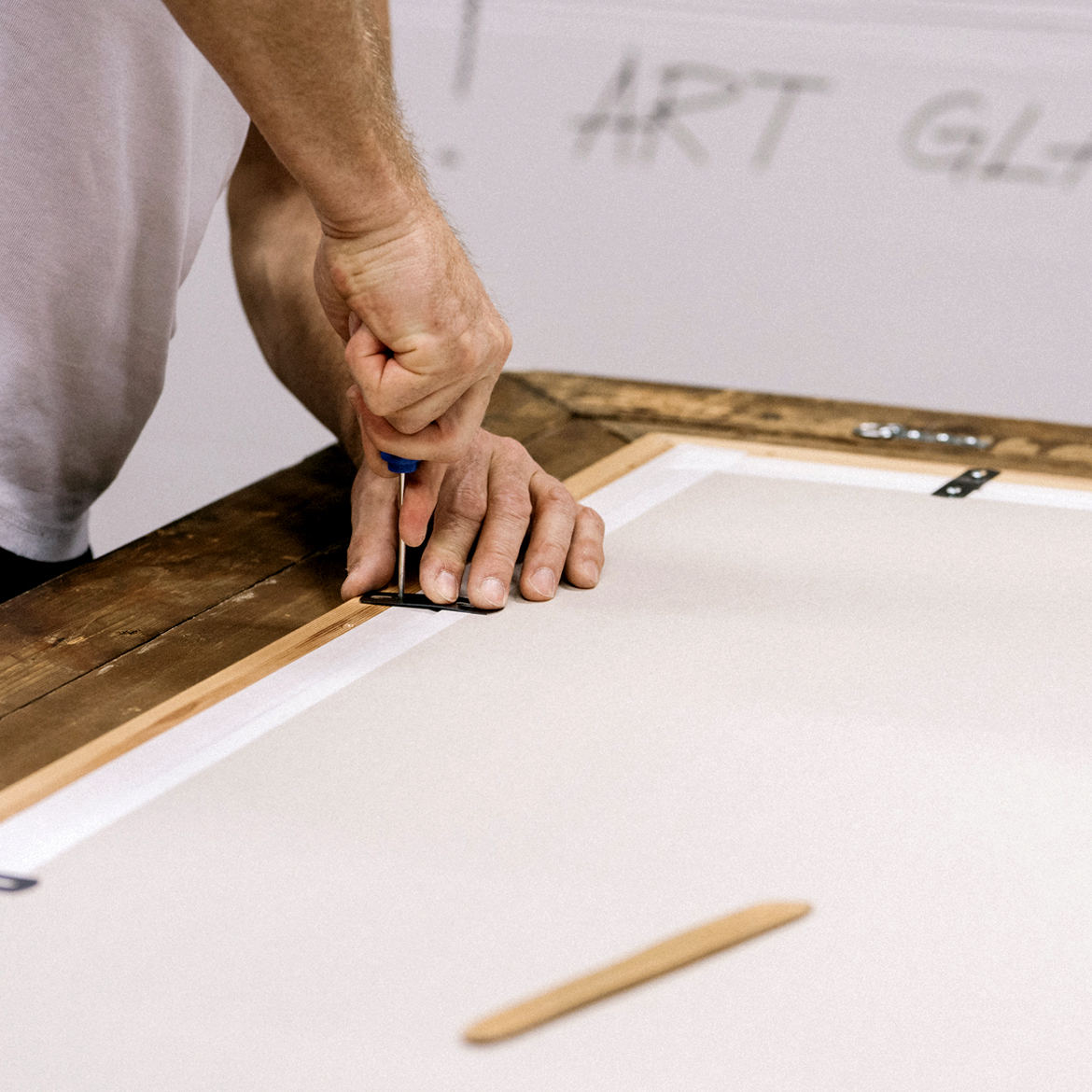
What do a former NFL player and a custom framer have in common? Well, as we learned, they can sometimes be the same person. We want to bring you a story about Glover Quin – our friend and the owner of GQ Framing from Houston, Texas.
After 10 successful years in the NFL, there’s still no stopping Glover. His incredible get-it-done attitude and his constant willingness to learn new things are aspects that can inspire custom framers and framing customers everywhere.
There are a lot of potential customers out there that look for quality solutions for their memorabilia. Glover Quin has found a model that works for his busy customers that value convenient service and careful attention to detail.
This is our conversation with Glover – a story about a talented young framer that is keen on getting things done the right way.
HOW DID YOU FIND YOURSELF IN THE FRAMING BUSINESS?
Framing is not something that I dreamed of becoming when I was a kid. Obviously, I was an athlete first, playing football for 10 years. Already during that time, I was interested in taking pictures and snapping moments with my camera as a hobby.

After retiring from football, my time went to my kids, and they played sports too. I wanted to get better at recording memories with my children, so I learned more about taking photos. With classes available for everything – from photo, video to photoshop, I gradually got better at it.
First, it was about being able to record the special moments with the family, but soon it became also about wanting to create something that others might want to put up in their homes as art.
From taking more pictures, came the need to put some of them up in the house. I went through the whole journey – starting with buying readymade frames from the store. But there was this one special piece that needed something special, so I decided to try custom framing for the first time.
After seeing the value that the custom frame brought, I decided to try making a frame myself. After figuring out how to obtain supplies and the basic framer’s tools, I got to learning from what was available online.
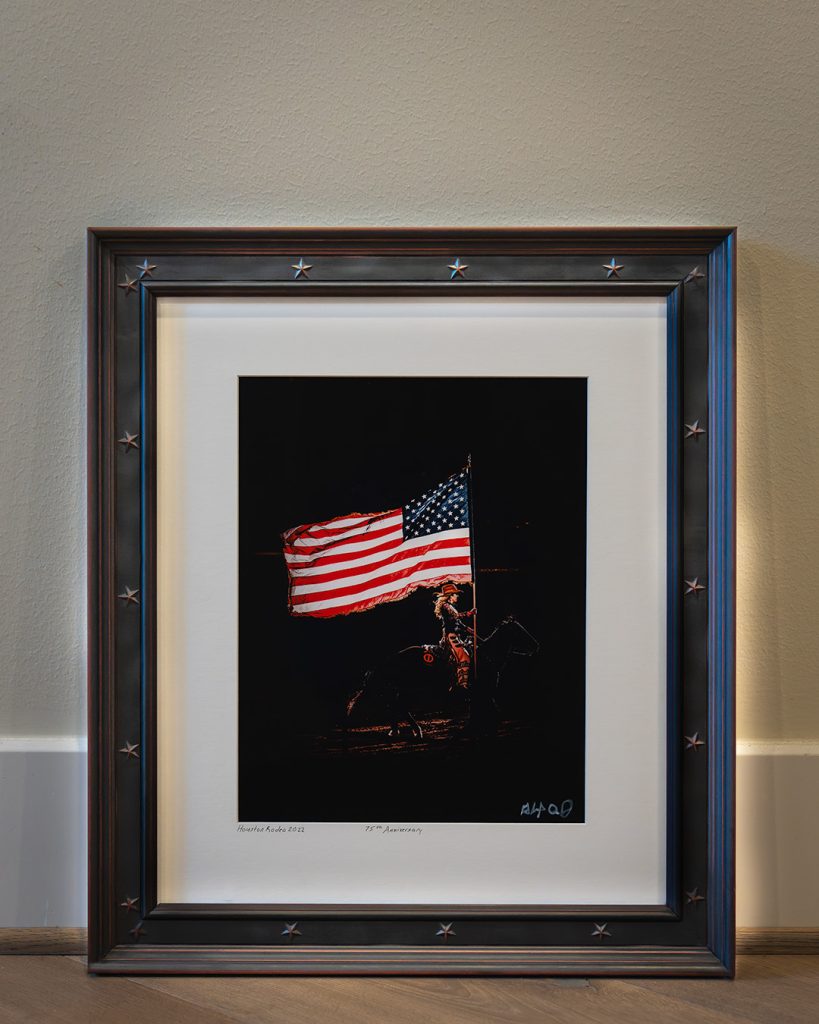

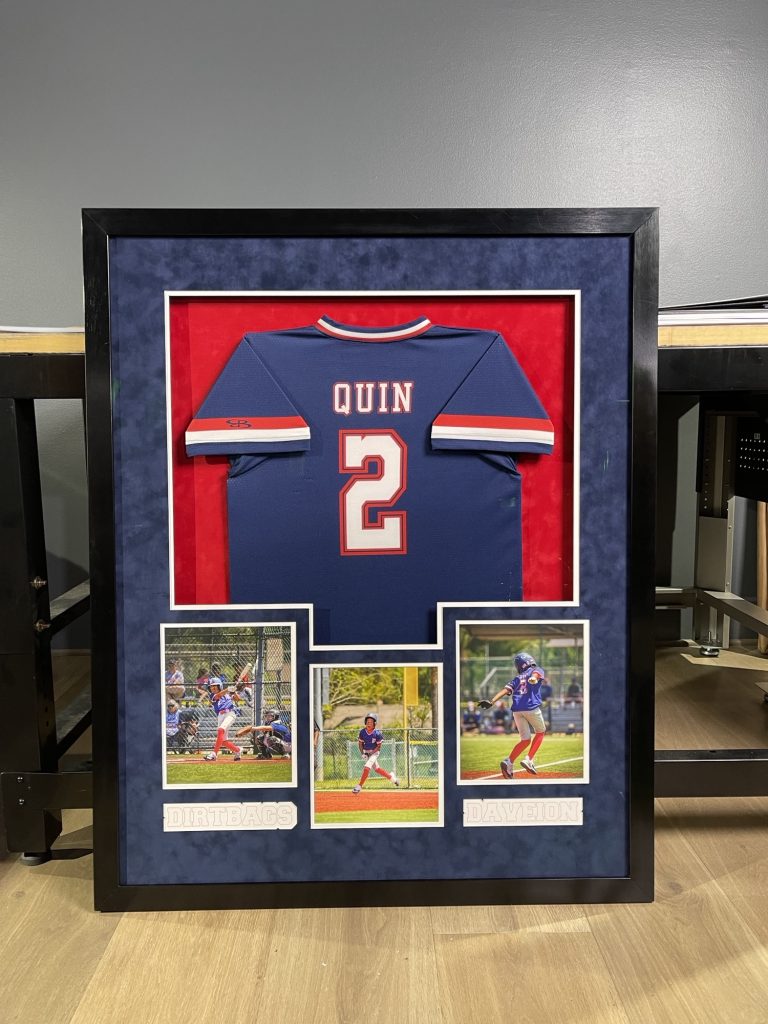
HOW DID YOU GO ABOUT LEARNING ABOUT FRAMING? WHERE DID YOU LOOK?
I started on Youtube, finding little things that were helpful at the beginning. But there was little to no content on the really cool projects, with no example videos to look up. This makes sense, as when I think of a project now, I like to focus on the work that I’m doing, instead of camera angles and video production.
A lot of my learning came from trial and error. But I could also just call up another framer and inquire them about how they’d go about a certain project.
Custom framing is a completely new community that I got to meet. Framers follow each other, get inspired, and learn from each other. We’ve all been on the same journey and know the struggles of starting and growing a business.
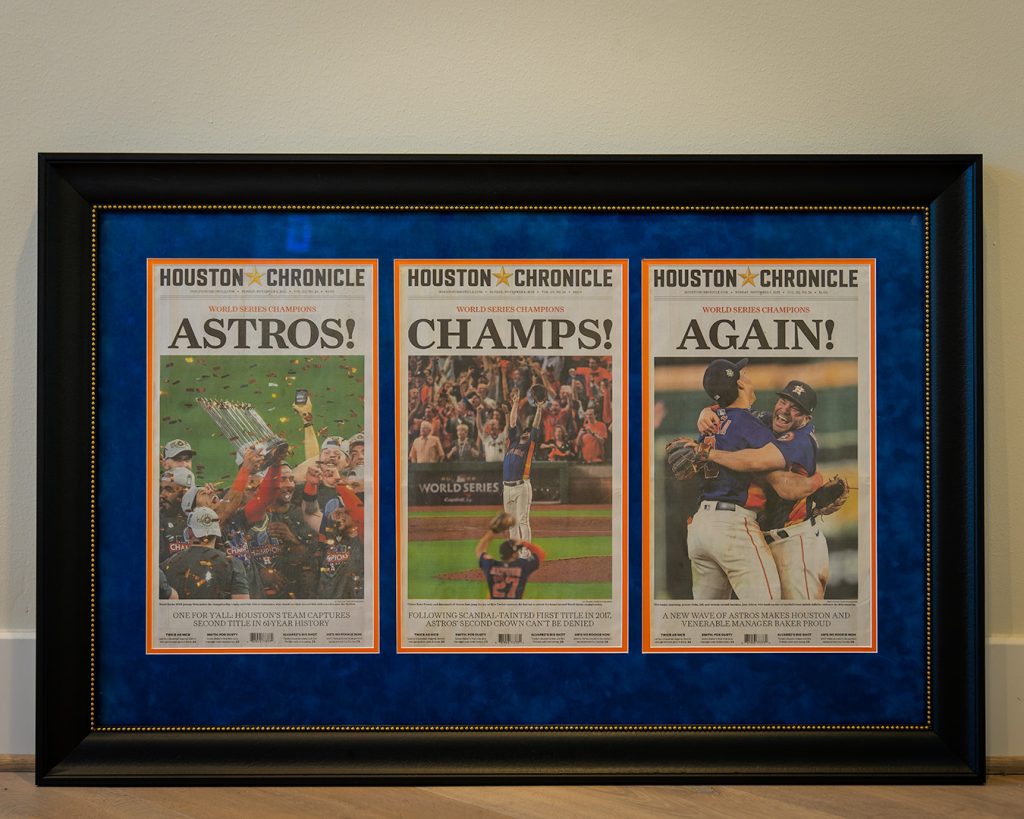
HOW DID YOU GET INTO FRAMING MEMORABILIA?
With time, I learned that there is a better system to do the framing. I found a system for measuring my pieces, inquired about blades, and slowly started to get the hang of things. But I always look at my first works as a reminder of my journey.
All the stuff that didn’t work as expected or didn’t work reminds me of my growth. That you have to put the work in and improve.
Last October, when the Houston Astros won the World Series, I thought that it’d be cool to frame some newspapers from the day. I bought them, managed to frame them, and sold the frames to the fans as reminders of the day.
I got a lot of compliments on these pieces, but I was still working with very basic framing tools.
After, I got myself a bigger cutter and a proper underpinner. I got asked a lot if I do sports jerseys, and I said that I haven’t, but I could. A friend suggested to try and frame some of my kids’ jerseys, so that’s where I started my practice. I looked for videos online, tried a lot of things, and did my first framed jerseys. It was very simple, with no name tags, but everything looked good, and I was very happy with it. After, I did another one of these for a friend, this time with a proper name tag. And that’s how it started.
WHEN DID YOU REALIZE THE IMPORTANCE OF GLASS IN FRAMING?
First, I used just plain clear glass. But it used to bother me, that when I got it framed and wanted to take a picture of it, I’d see my own reflection in it. When I was first introduced to Artglass, I really wanted to try it myself and see the quality. I bought some to try for the frames in my home. After, I had to change the glass of all my frames.
When framing for others, I used to ask if they wanted ‘regular’ glass or ‘good’ glass. But now I’ve got to the point where I have established a standard for my brand. And my brand means good quality, so I don’t even offer regular glass anymore.
I see it as an investment – if you frame it, you’re going to want to keep it for a long time. So it’s not worth rushing it if you can’t afford it to reach its potential now. Save up and come back when you have the ability to do it the way you really want it to be. Glass is a part of the process, if you want it cheap, you can get it at a regular store. Custom framing is for people that seek the best materials and quality.

WHAT TYPES OF CUSTOMERS HAVE YOU WORKED WITH?
I meet a lot of different types of customers. A lot of friends, and other NFL athletes. They have high-value jerseys that they’ve exchanged with other players, or their own, very special memorabilia. Or, gyms would bring memorabilia from athletes that train at the gyms. There are a lot of opportunities in sports memorabilia framing.
As an athlete, unless you know a framer, you won’t know where to bring your memorabilia to. Retail framing chains won’t give the rare pieces the attention and materials that they deserve. You need someone to trust with the project and talk through what you want for it.
HOW DO YOU WORK WITH YOUR CUSTOMERS?
At the moment, I’m a lot of things to my customers. I sometimes see myself as almost a concierge, I understand that people like to receive full service. I make visits to pick up the pieces to be framed and complete the full service up to the moment when it goes up on the wall. I understand that most of my customers don’t have the time to visit my shop and go through 50 frame samples. They trust that I’ll provide them with good choices and mockups for the framed object.
If you’re new to the framing process, the large choice can be intimidating. Multiple walls of framing samples and thick mat catalogs can be intimidating for customers. Especially when framing for busy people, the key is to treat the pieces well and just make them look good.
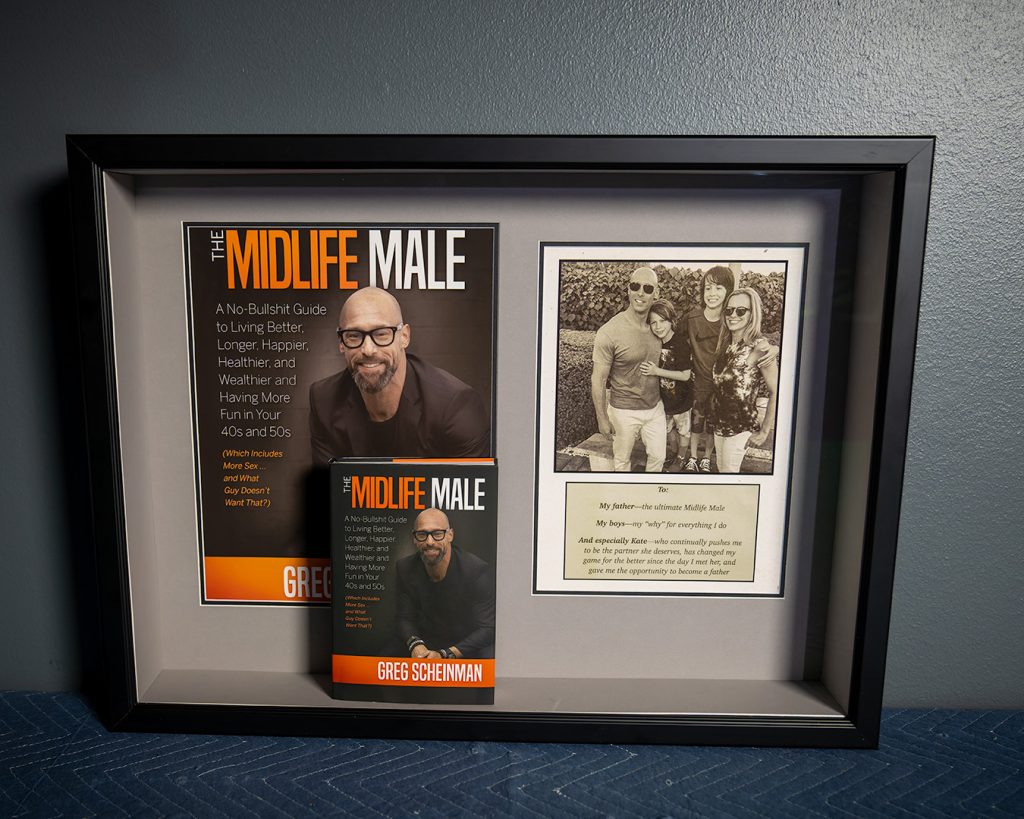
But to me, it’s also about the emotions that are evoked. I want viewers to feel something when they look at the piece. I always try to use the background to evoke emotion, or carefully think about my arrangements. I know what you want to feel when you look at a special family photo that’s professionally framed. You want to feel that moment, get really personal.
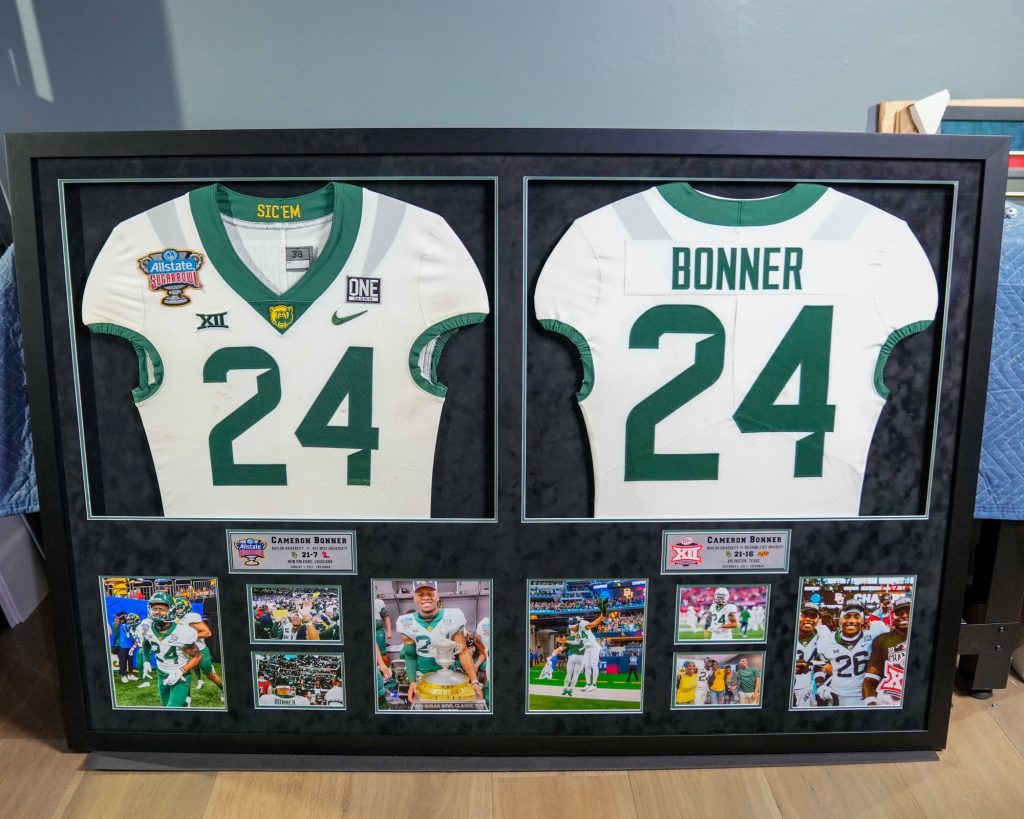
DO YOU THINK THAT FRAMERS ARE AS COMPETITIVE AS ATHLETES?
Framers can be competitive, but they’re good people. It takes a good person to sit down and do a really thoughtful framing job. And everyone has sort of their own lane – a fine art framer will get fewer requests for sports jerseys, but if you’re a sports framer, you don’t get the fine art pieces. But the common concept is the same, we’re doing the same thing.
I’ve met some great people in the framing community, and they often want to talk to me about the NFL. But when I meet another framer, I want to talk to them about framing. In the framing community these people are superstars, the ones I want to learn from.
Follow Glover Quin’s journey on Instagram:
https://www.instagram.com/gq_frames/
https://www.instagram.com/gloverquin/
Picture courtesy: Glover Quin
